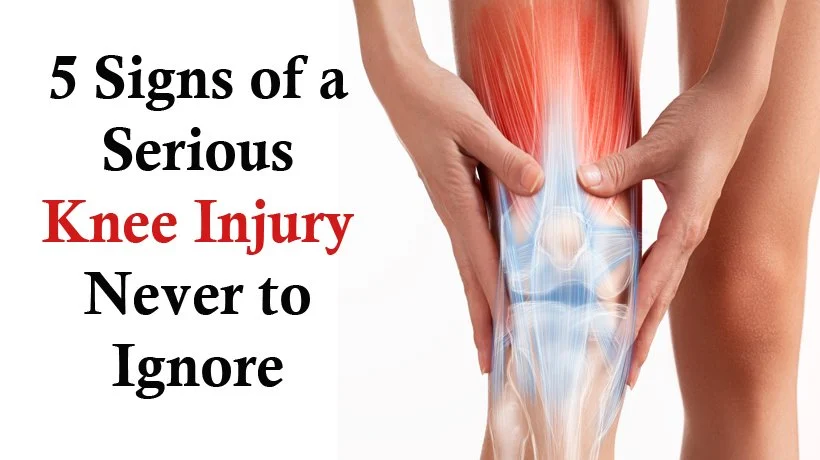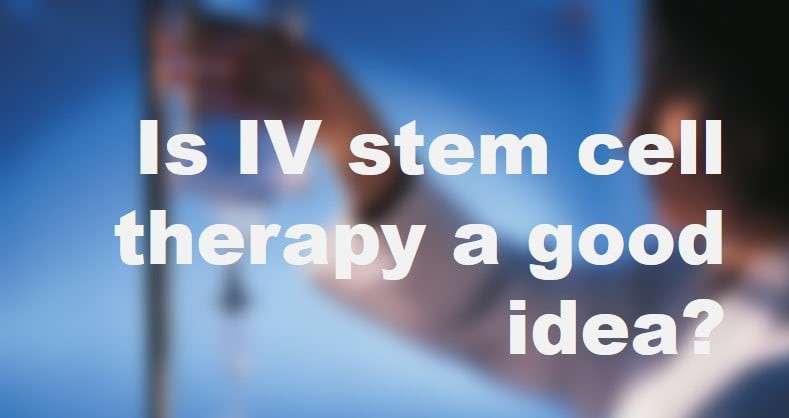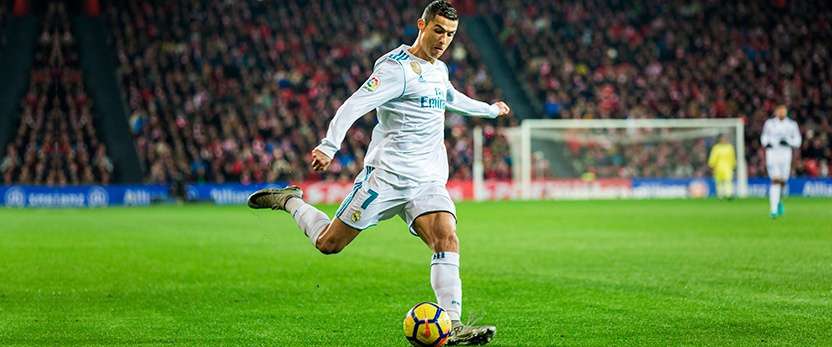In the realm of sports and an active lifestyle, injuries can be a hindrance, robbing us of the joy of doing what we love. Athletes, in particular, are no strangers to the challenges of knee injuries, which can strike despite meticulous preparation, training, and care. When confronted with these common knee injuries in the world of sports, it becomes paramount to take heed and seek the appropriate knee pain treatment to facilitate a swift return to peak performance.
Unveiling the Five Most Prevalent Knee Injuries in Sports
Knee pain, stemming from overuse or direct trauma, can easily relegate you to the sidelines. Here, we delve into the five most common knee injuries encountered by athletes, unraveling their causes and presenting comprehensive treatment options that pave the way for your triumphant return to the game.
1. Patellar Fracture: Shattering the Kneecap
One of the foremost knee injuries in sports is the dreaded patellar fracture, a fracture or break in the kneecap itself. This injury often occurs after a direct impact or forceful contractions of the quadriceps muscle. Recognizing a patellar fracture involves noting symptoms such as swelling, excruciating pain in front of the knee, visible bruising, the inability to walk, and difficulty straightening or extending the leg.
Treatment Options:
– Medical Examination: A crucial step involves a thorough examination by a medical professional to pinpoint the fracture, often confirmed by an X-ray. The presence of hemarthrosis, or blood pooling in the joint, is assessed as it causes painful swelling.
-Aspiration: Draining excess blood to alleviate pain may be necessary.
– Cast or Splint: Immobilization via a cast or splint helps maintain leg stability while the bones heal.
– Surgery: In cases of displaced or comminuted fractures, surgical intervention may be required.
– Replacement: Extreme cases warrant patellar replacement when the kneecap is severely damaged.
– Orthobiologic Treatments: Platelet-rich plasma (PRP) or stem cell therapies are viable options, promoting tissue regeneration for enhanced healing.
Depending on the severity of the injury, treatment modalities are selected to optimize recovery.
2. Knee Dislocation: Rare but Impactful
Knee dislocation, though rare, poses a significant threat to athletes. It occurs when the knee’s ligaments are torn during a traumatic event, such as a fall or high-speed injury. This injury can also result from an incorrect step or leg twist, leading to misalignment of the thigh bone (femur) and shin bone (tibia and fibula).
Symptoms:
– Severe Pain: Excruciating pain is a hallmark, often accompanied by a deformed knee and irregular leg alignment.
– Loss of Feeling: Some individuals experience numbness below the knee.
– Potential Self-Relocation: In 50% of cases, the knee may spontaneously relocate itself, causing painful fluid buildup in the knee.
Attempting self-relocation can have dire consequences, including deep vein thrombosis or damage to the knee’s nerves and vascular system.
Treatment Options:
– Immediate Medical Attention: Urgent assessment and knee relocation at an emergency room are imperative.
– Diagnostic Imaging: X-rays or CT scans are frequently conducted to identify fractures, and artery or nerve damage is assessed through an arteriogram or Doppler ultrasound.
– Surgery: Extensive ligament, cartilage, or meniscus damage may necessitate surgical intervention, either through arthroscopy or open surgery.
– Orthobiologic Treatments: Platelet-rich plasma (PRP) or stem cell therapies offer alternative avenues for managing knee dislocations.
3. Bursitis: The Inflammation Challenge
Bursitis, characterized by inflamed fluid-filled sacs called bursae in the knee, can impede athletes’ performance. These sacs reduce friction between knee bones, tendons, muscles, and skin. Bursitis often develops gradually, stemming from friction, irritation, or pressure and may result from overuse or strenuous activities.
Symptoms:
– Lump Formation: A noticeable lump at the front of the knee, resembling a water balloon, is a common sign.
– Tenderness and Stiffness: The knee becomes tender, stiff, and painful.
– Seek Immediate Attention if: Pain is accompanied by warm skin, fever, and fatigue, indicative of an infected bursa or septic bursitis, which demands immediate medical intervention.
Treatment Options:
-Rest and Elevation: Resting the knee and elevating it can reduce inflammation, accompanied by icing and over-the-counter anti-inflammatory medications.
-Draining Fluid: Severe cases may require fluid drainage (aspiration) or corticosteroid injections.
– Physical Therapy: Physical therapy sessions can enhance knee strength and flexibility.
4. Tendonitis: Patellar Troubles
A frequent nemesis of athletes, tendonitis, or patellar tendonitis, is characterized by inflammation of the tendon connecting the kneecap (patella) to the shinbone (tibia). Repetitive stress or overuse of the knee leads to small tears in the tendon, causing discomfort and pain.
Symptoms:
-Pain: Pain above or below the kneecap, often recurring with specific activities but subsiding with rest.
– Swelling: Swelling may also occur, and in severe cases, the pain can be persistent, disrupting sleep.
Treatment Options:
– Activity Limitation: Reducing activity, applying ice, and over-the-counter pain relievers are initial steps.
– Supportive Measures: Wearing a knee brace or wrap can alleviate discomfort.
– Medical Intervention: Severe or persistent pain may necessitate prescription pain relievers, corticosteroid injections, or physical therapy.
5. Knee Ligament Injuries: A Game-Changer
Knee ligament injuries, common in sports, involve sprains or tears of the ligaments that stabilize the knee. The knee boasts four ligaments, each with a distinct role:
– Anterior Cruciate Ligament (ACL): Controls shin’s forward movement, often injured in skiing, basketball, and football.
– Posterior Cruciate Ligament (PCL): Governs shin’s backward movement, usually injured due to direct impact.
– Lateral Collateral Ligament (LCL): Stabilizes the outer knee and is prone to injury in football and hockey.
– Medial Collateral Ligament (MCL): Stabilizes the inner knee and can be injured by a blow to the outside of the knee.
Symptoms:
– Varied Symptoms: Symptoms range from sudden, severe pain to swelling, joint instability, and the inability to bear weight.
Treatment Options:
-Medical Evaluation: A doctor conducts a thorough examination, possibly supported by X-rays and MRI scans to assess bone and ligament damage.
– Arthroscopy: This minimally invasive procedure may be employed to evaluate joint damage.
– Conservative Approaches: Rest, ice, compression, elevation, anti-inflammatory medications, and bracing suffice for mild to moderate ligament injuries.
– Reconstructive Surgery: Complete tears or extensive damage often require reconstructive knee surgery for pain relief and return to athletic performance.
Consider Stem Cell Therapy for Enhanced Recovery
In the realm of knee injuries, the loss of mobility can be a daunting prospect. BioXcellerator’s stem cell therapy emerges as a groundbreaking treatment option that can complement or even supplant traditional approaches. This innovative regenerative medicine concept empowers athletes to regain youthfulness, health, and mobility in the face of common knee injuries.
For a deeper understanding of how stem cell therapy can transform your journey to recovery, we invite you to engage with a patient advocate at BioXcellerator. Discover how this cutting-edge therapy can be your path to reclaiming the vitality and performance you deserve.
In conclusion, knee injuries may disrupt an athlete’s life, but with timely and appropriate treatment, they need not spell the end of one’s sporting endeavors. By understanding the nature of these injuries and exploring the array of treatment options available, athletes can embark on a journey to recovery and resume their passion for sports. Remember, the road to triumph begins with the right knowledge and proactive healthcare choices.


